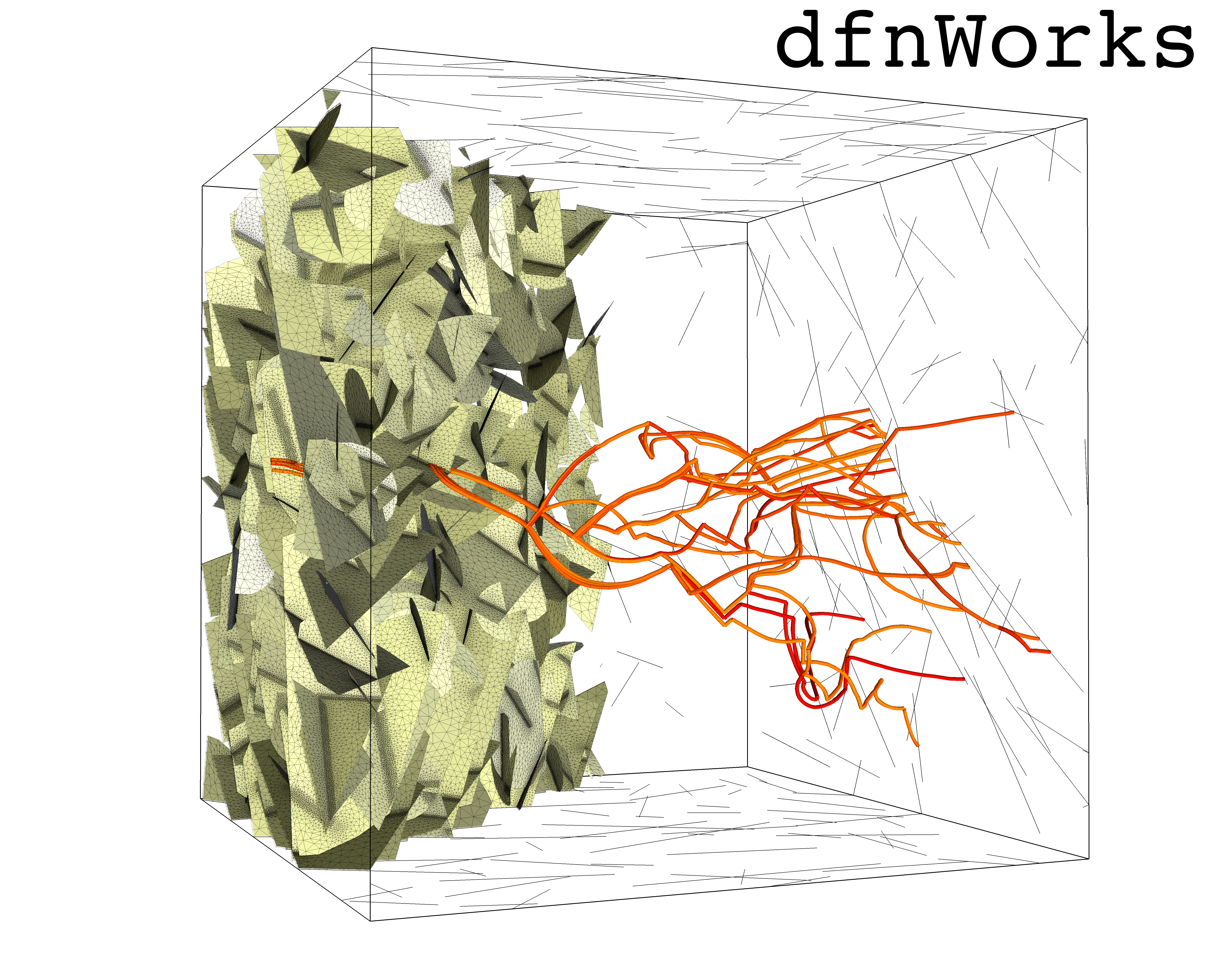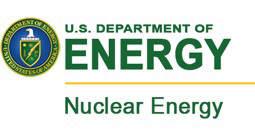What is dfnWorks?
dfnWorks is a parallelized computational suite to generate three-dimensional discrete fracture networks (DFN) and simulate flow and transport. Developed at Los Alamos National Laboratory, it has been used to study flow and transport in fractured media at scales ranging from millimeters to kilometers.













